Transforming Chronic Disease Care through Remote Technologies
The landscape of chronic disease management is rapidly evolving, driven by digital health innovations that enable remote monitoring, virtual consultations, and Personalized care. These advancements are reshaping how healthcare providers deliver services, optimize treatment, and engage patients—making care more accessible, efficient, and outcome-oriented. This article explores the integral components, benefits, technologies, implementation strategies, and future trends in remote care plans for chronic disease and lifestyle management.
Understanding Telehealth Programs and Their Role in Chronic Disease Management
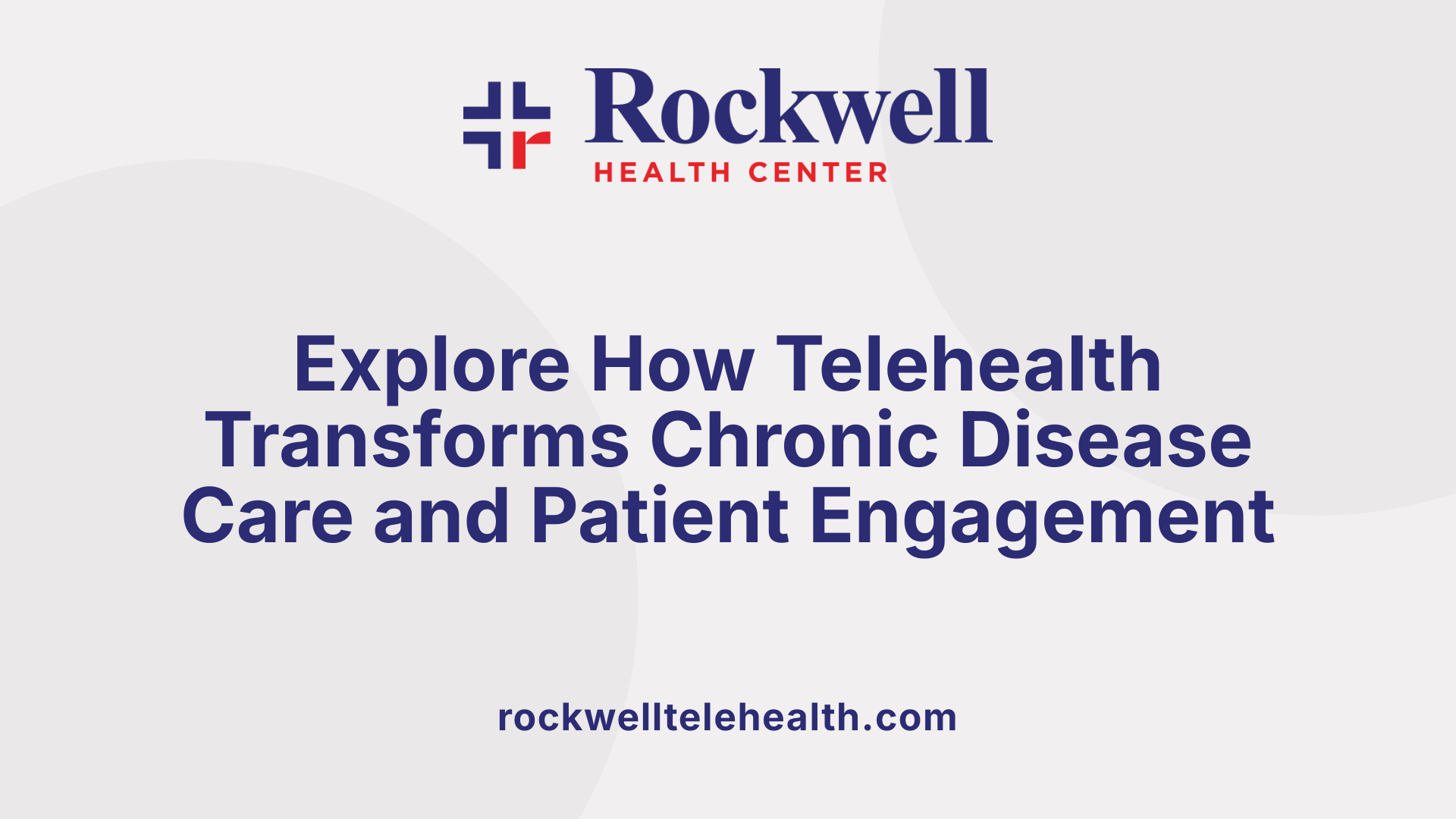
What are telehealth programs and how can they help manage and treat chronic diseases and lifestyle factors?
Telehealth programs involve the use of digital technologies to deliver healthcare remotely. These include methods like video conferencing, remote patient monitoring, mobile health (mHealth) applications, text messaging, and web-based content. Such innovations facilitate ongoing management and treatment of chronic conditions such as diabetes, hypertension, cardiovascular diseases, asthma, and obesity.
These programs improve medication adherence by sending reminders and educational messages. They enable continuous monitoring of vital signs or health data through sensors and wearables, allowing healthcare providers to track patient progress in real-time. This proactive approach helps in early detection of complications and supports timely interventions.
Moreover, telehealth enhances access to specialty care for individuals in remote or underserved areas. It promotes patient engagement in their health management, encouraging healthier lifestyle choices like better diet and increased physical activity. Many telehealth tools support lifestyle modifications by providing goal setting, dietary guidance, and behavioral coaching.
Evidence from systematic reviews shows that telehealth strategies can improve clinical outcomes such as blood pressure and glucose control, as well as dietary habits like fruit and vegetable intake or sodium reduction. They also help decrease emergency visits, hospital stays, and readmissions, ultimately lowering healthcare costs.
While these programs offer many benefits, challenges remain, including technological barriers, patient digital literacy, and disparities in access. Overcoming these issues is essential to ensure equitable, effective chronic disease management through telehealth.
Overall, telehealth programs are transforming chronic disease care by making it more continuous, personalized, and accessible, supporting better health outcomes across diverse patient populations.
Technologies Powering Remote Care Plans for Chronic Diseases
What technologies and digital health solutions are used in remote care plans for managing chronic diseases?
Remote care strategies for chronic conditions like diabetes and cardiovascular diseases depend heavily on innovative technologies. These include wearable sensors and devices that continuously track vital signs such as blood pressure, glucose levels, heart rate, and weight. These sensors transmit data in real-time to healthcare systems, supporting early detection of health issues and timely intervention.
A crucial component is remote monitoring platforms and the Internet of Things (IoT) integration. IoT-enabled devices collect and securely transfer patient data to cloud-based systems, allowing healthcare professionals to monitor patient health remotely. This smart network improves data accuracy and accessibility, making it easier to develop personalized care plans.
Electronic health records (EHR) and personal health records (PHR) play a vital role as well. They document patient information, support communication between patients and providers, and help with care coordination. Advanced data analytics, including artificial intelligence and machine learning, analyze large datasets to predict health risks, optimize treatments, and tailor interventions to individual needs.
Virtual communication tools such as videoconferencing, text messaging, and secure patient portals are also integral. These platforms facilitate ongoing patient-provider interactions, education, and support, making care more accessible and flexible.
In combination, these digital health solutions foster continuous health monitoring, enhance patient engagement, and improve health outcomes for individuals with chronic conditions. By leveraging these technologies, healthcare providers can offer proactive, personalized, and efficient care outside traditional clinical environments.
| Technology or Solution | Function | Example Uses |
|---|---|---|
| Wearable sensors and devices | Collect vital signs and physical activity data | Digital blood pressure cuffs, glucose monitors |
| Remote monitoring platforms and IoT | Secure, real-time data transfer | IoT-connected health devices, cloud storage |
| Electronic health and personal health records | Documentation and communication | Patient portals, electronic charts |
| Data analytics (AI, ML) | Risk prediction, personalized care | Predictive modeling for complications |
| Virtual communication tools | Patient-provider engagement | Video visits, secure messaging |
By integrating these technologies, remote care plans become a comprehensive approach to managing chronic diseases, ultimately leading to better health outcomes and improved quality of life for patients.
Remote Patient Monitoring (RPM): Enhancing Outcomes with Continuous Data
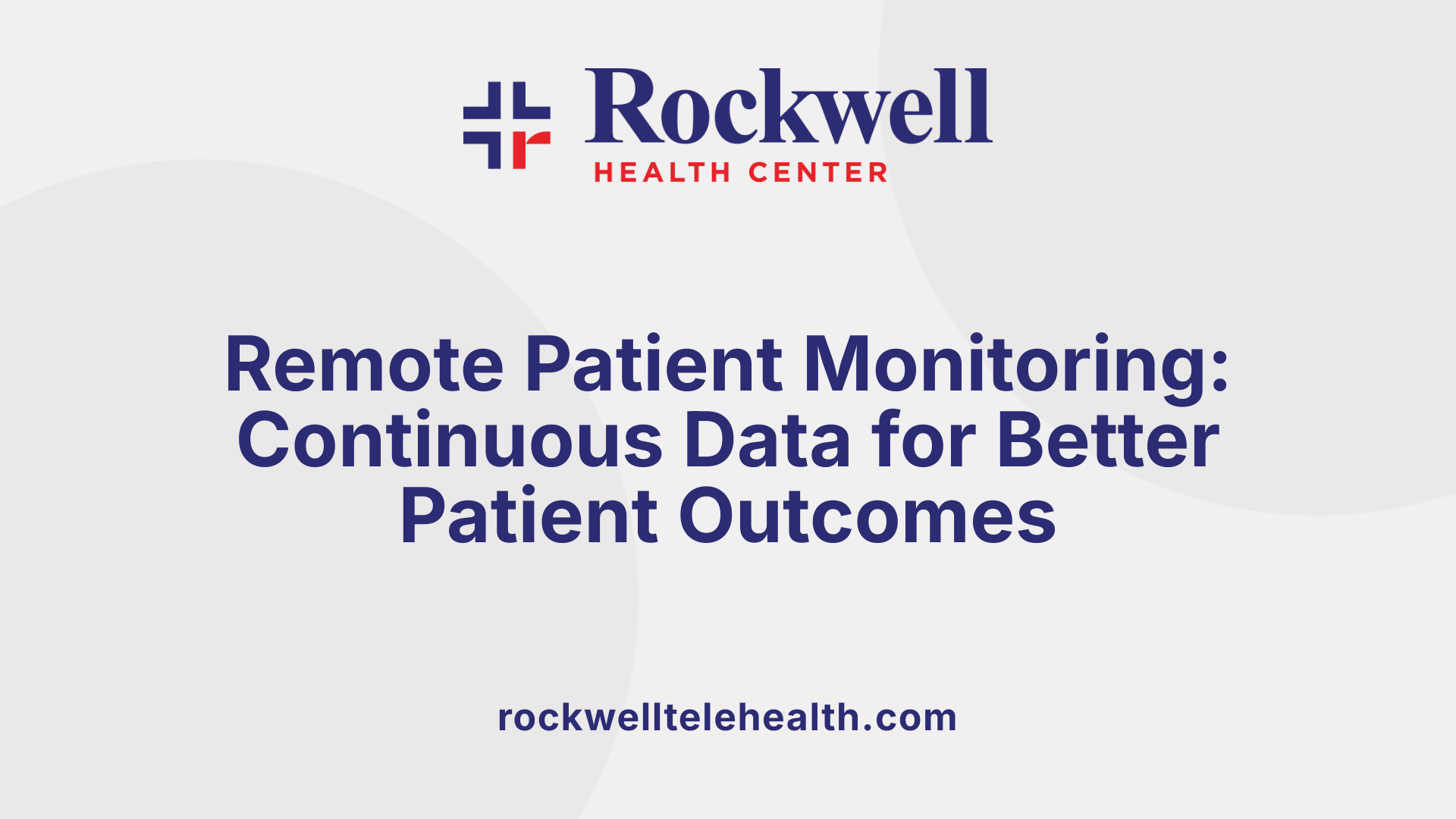
What is remote patient monitoring (RPM), and how does it benefit patient health outcomes?
Remote patient monitoring (RPM) involves the use of digital devices such as wearables, sensors, and at-home medical tools to continuously or periodically collect health data from patients outside of traditional clinical settings. This technology enables real-time transmission and visualization of vital signs and other health metrics, facilitating earlier detection of health issues and more accurate, timely interventions.
RPM enhances patient engagement by providing individuals with access to their health information, promoting self-care and a better understanding of their conditions. It supports chronic disease management by enabling healthcare providers to monitor vital signs like blood pressure, glucose levels, and weight remotely, often in real-time. This continuous data collection helps identify warning signs early, reducing emergency visits, hospital admissions, and potential complications.
Patients who are actively involved in their health through RPM tend to adhere better to treatment plans and practice healthier lifestyles. For example, patients with hypertension or diabetes can track their vital signs, adjust medication under medical supervision, and recognize health trends over time.
Despite its many benefits, implementing RPM requires addressing challenges such as data privacy, integration with existing healthcare systems, cost, and ensuring equitable access for diverse populations. When effectively incorporated, RPM supports personalized care, improves clinical outcomes, and optimizes healthcare resources.
What are the functionalities of RPM systems?
RPM systems generally function by collecting critical physiological data via biosensors and wearable devices. These devices measure parameters such as blood pressure, heart rate, blood glucose, oxygen saturation, and weight. The collected data is then transmitted securely to healthcare providers through cloud-based platforms, where it can be monitored and analyzed.
These systems often feature user-friendly interfaces for patients to view their own data and may include alerts for abnormal values, prompting timely intervention. Clinicians can review ongoing data streams, identify concerning trends, and make adjustments to treatment plans remotely. Some systems include communication tools like secure messaging or video calls for direct interaction between patient and provider.
Benefits for patient health outcomes
The use of RPM has been associated with several positive health outcomes, especially for those with chronic conditions such as cardiovascular diseases, diabetes, and COPD. It can lead to improved blood pressure control, better glycemic management, and early detection of potential crises.
Real-time data sharing allows for proactive care, reducing the likelihood of hospitalizations and emergency room visits. Patients also tend to be more engaged and confident in managing their health, which correlates with better adherence to medications and lifestyle modifications.
Examples of vital signs monitored
| Vital Sign | Monitoring Devices | Clinical Significance |
|---|---|---|
| Blood Pressure | Cuffs, wrist monitors, wearable sensors | Hypertension management, stroke risk reduction |
| Blood Glucose | Continuous glucose monitors (CGMs), home blood sugar meters | Diabetes control, hypoglycemia prevention |
| Heart Rate | Wearable fitness trackers, ECG patches | Cardiac health, arrhythmia detection |
| Oxygen Saturation | Pulse oximeters, wearables | Respiratory function, COPD management |
| Body Weight | Digital scales connected to apps | Heart failure, weight management |
The integration of these vital signs into RPM systems allows healthcare professionals to tailor treatment plans, detect early warnings of deterioration, and promote better health management overall.
Implementing Effective Remote Care Strategies in Primary Healthcare
Patient assessment and selection
Implementing remote care in primary healthcare begins with careful patient assessment. Not all patients are suitable for telehealth interventions; factors such as the nature of their chronic conditions, travel distance to clinics, technological literacy, and access to devices and internet are crucial considerations.
Healthcare teams should evaluate each patient’s readiness and comfort with digital tools, ensuring that the selected technology aligns with their needs. For example, patients with heart failure or diabetes may benefit more from remote monitoring devices, while others might prefer simpler communication options like audio calls.
Regular screening and ongoing assessment help determine patient suitability, enabling personalized care plans that maximize engagement and outcomes.
Workflow and care coordination
Successful remote care hinges on well-defined workflows that integrate telehealth into existing healthcare processes. Clear roles should be delineated among care team members, including who handles patient recruitment, data collection, ongoing monitoring, and follow-up.
Care management software plays a vital role in centralizing patient data, tracking health metrics, and facilitating communication among providers and patients. These digital workflows should be designed to support real-time data sharing and prompt intervention when necessary.
Coordination across disciplines, such as primary care, specialists, and behavioral health, ensures comprehensive management of complex conditions like hypertension and heart disease. Regular team meetings and updated protocols foster seamless collaboration.
Training and staff support
To sustain remote care initiatives, thorough training and ongoing support for healthcare staff are essential. Staff should receive education on using telehealth platforms, interpreting remote monitoring data, and engaging patients effectively.
Training programs should also address legal issues, privacy regulations (such as HIPAA compliance), and troubleshooting technical problems. Providing easy-to-access resources, help desks, and refresher sessions helps maintain staff confidence and program efficacy.
Supporting staff reduces frustration and turnover, ultimately improving patient care quality and consistency.
Measurable goals and KPIs
Setting clear, measurable objectives is crucial for evaluating remote care success. Goals may include medication adherence rates, blood pressure control, patient engagement levels, or reductions in hospital readmissions.
Key Performance Indicators (KPIs) provide ongoing feedback and identify areas needing improvement. Examples include the percentage of patients with controlled blood pressure, average response time to alerts, and patient satisfaction scores.
Regularly reviewing these metrics allows healthcare providers to refine remote care strategies, enhance patient outcomes, and demonstrate program value to stakeholders.
| Aspect | Focus | Implementation Tip |
|---|---|---|
| Patient Suitability | Assessment | Evaluate tech access, condition complexity, and patient preference |
| Workflow Design | Integration | Use care management software for data and communication |
| Staff Training | Education | Provide ongoing training on technology, privacy, and patient engagement |
| Outcomes Measurement | KPIs | Track medication adherence, clinical targets, and patient satisfaction |
Current Evidence, Innovations, and Impact of Remote Care in Chronic Disease Management
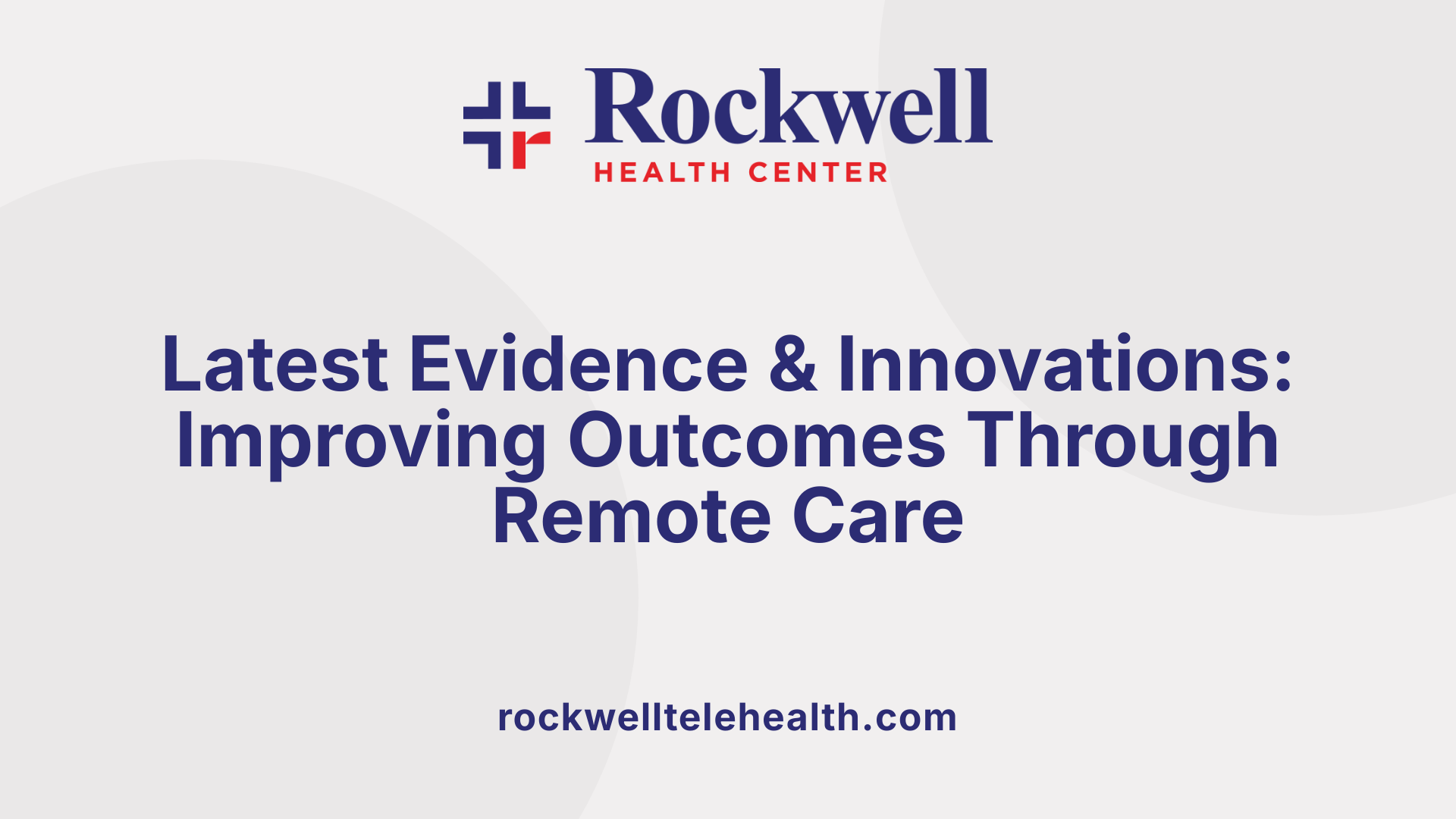 Recent studies and systematic reviews highlight the significant progress in remote healthcare strategies for managing chronic diseases. Evidence underscores that telehealth interventions—such as remote patient monitoring (RPM), mobile health applications (mHealth), and telemedicine—are effective in improving clinical outcomes like blood pressure control, glucose levels, and medication adherence.
Recent studies and systematic reviews highlight the significant progress in remote healthcare strategies for managing chronic diseases. Evidence underscores that telehealth interventions—such as remote patient monitoring (RPM), mobile health applications (mHealth), and telemedicine—are effective in improving clinical outcomes like blood pressure control, glucose levels, and medication adherence.
Emerging technologies play a vital role in this advancement. Wearable sensors and Internet of Things (IoT) platforms enable continuous tracking of vital signs, allowing for early detection of health issues. Devices like biosensors, digital scales, and oxygen monitors collect real-time data, which is then linked to clinical care for personalized treatment adjustments.
These technological innovations have expanded access to care, especially for individuals in rural or underserved areas. Virtual visits, asynchronous communication (such as secure messaging), and remote diagnostics reduce the need for frequent in-person visits, easing the burden on healthcare systems.
The impact on patient outcomes and satisfaction is promising. Patients using remote monitoring systems report increased understanding of their health conditions and improved engagement in self-care practices. Clinicians benefit from timely data that supports early intervention, resulting in fewer hospitalizations, reduced emergency department visits, and better disease control.
Supportive policy frameworks and reimbursement policies—like CPT codes in the United States—are facilitating the widespread adoption of telehealth services. These aspects, combined with technological advancements, foster a sustainable environment for remote chronic disease management.
Despite these advancements, challenges remain, including integration with existing health IT systems and workflow adjustments for healthcare professionals. Addressing these barriers through stakeholder collaboration and system interoperability is crucial for expanding the benefits of remote care.
| Aspect | Details | Additional Notes |
|---|---|---|
| Technologies | Remote monitoring devices, wearables, IoT platforms | Enables continuous data collection |
| Clinical Outcomes | Improved blood pressure, blood glucose, medication adherence | Supported by systematic reviews |
| Patient Engagement | Increased understanding, lifestyle modifications | Leads to better self-management |
| Healthcare Impact | Fewer hospitalizations, enhanced early detection, cost savings | Particularly relevant in chronic conditions like hypertension, diabetes |
| Policy Support | Reimbursement policies, regulatory frameworks support scaling | Variations exist across regions |
| Challenges | System integration, workflow changes, stakeholder collaboration | Ongoing focus for healthcare systems |
This evolving landscape of remote care continues to demonstrate its crucial role in enhancing the management of chronic diseases, fostering better health outcomes, and improving patient quality of life.
Challenges and Considerations in Deploying Remote Care Solutions
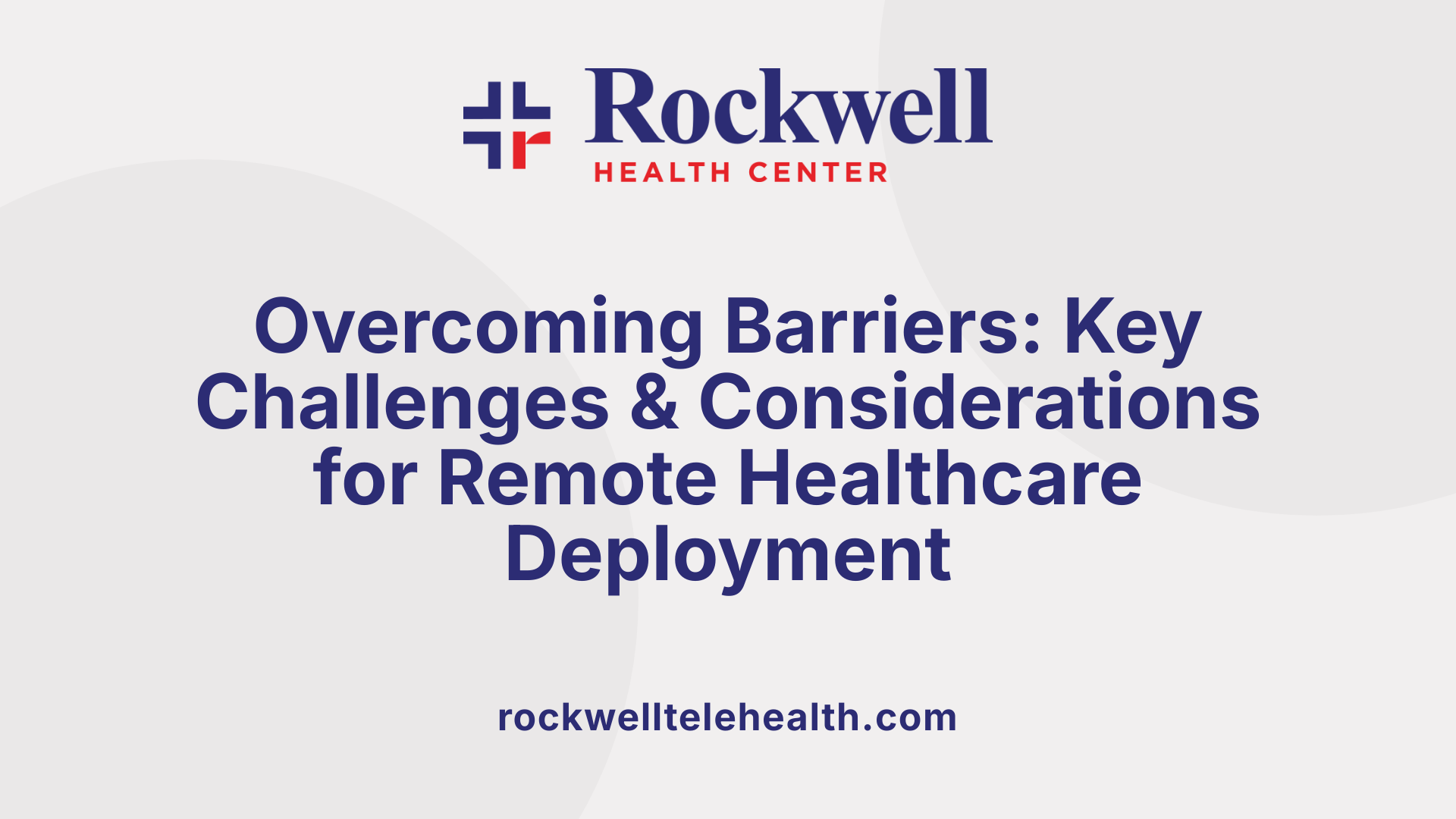
What challenges and considerations are involved in deploying remote care solutions within primary healthcare settings?
Implementing remote care, such as telehealth and remote patient monitoring, offers substantial benefits but also presents notable challenges.
One major hurdle is managing the vast amount of data generated through sensors, wearables, and other digital health tools. Healthcare providers must establish systems capable of efficiently processing and integrating this information into existing electronic health records (EHRs). Without seamless integration, data overload can hamper care coordination and clinical decision-making.
Patient engagement and digital literacy are critical factors. Not all patients, especially older adults or those with limited access to technology, are comfortable with or able to use these digital tools. This disparity can lead to inequitable care. Providing education, support resources, and intuitive interfaces can help bridge this gap and promote wider adoption.
Financial and policy considerations also influence remote care deployment. Reimbursement policies vary widely and may not sufficiently compensate providers for remote consultations or monitoring activities. Legal concerns regarding data privacy, cybersecurity, and liability further complicate implementation. Ensuring compliance with regulations like HIPAA is essential to protect patient information.
Organizational change is another vital aspect. Incorporating remote care often requires redesigning workflows, training staff, and modifying care processes. Resistance to change and lack of expertise can slow down adoption.
Overall, successful deployment depends on addressing technological, behavioral, financial, and organizational challenges. Proper planning and resource allocation are necessary to realize the full potential of remote healthcare in primary settings.
The Future of Remote Care for Chronic Diseases: Innovations and Billing Practices
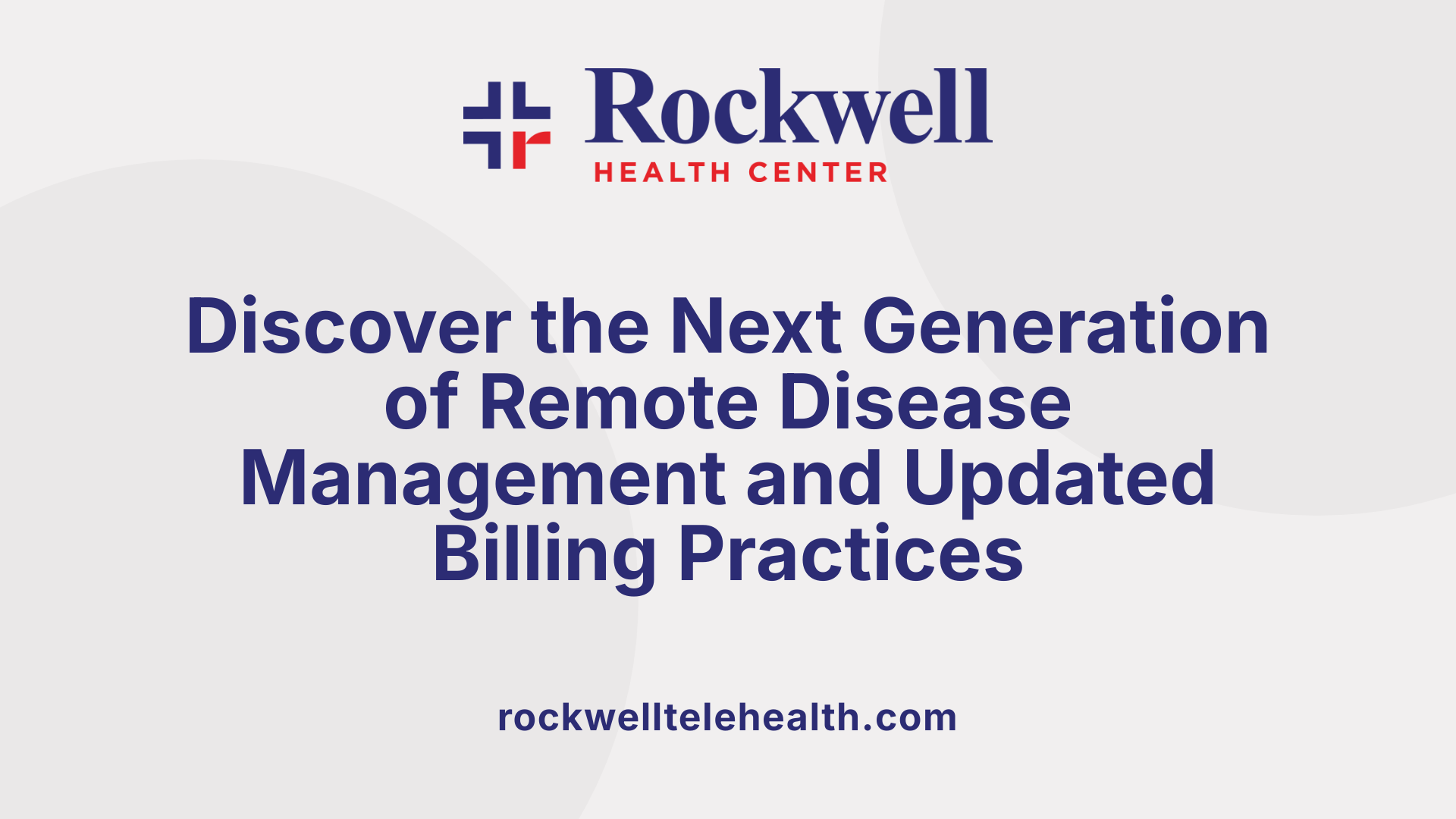
What are future developments and billing practices related to remote care plans for chronic disease management?
Advances in technology are paving the way for highly personalized and dynamic remote care strategies. Future tools will leverage artificial intelligence and machine learning to analyze large volumes of patient data, enabling tailored interventions that adapt to each individual’s health needs.
Wearable devices and sensors will become more sophisticated, continuously collecting physiological data like heart rate, blood pressure, and oxygen levels. This real-time information will facilitate early detection of health issues and allow for prompt treatment adjustments.
Integration of telemedicine platforms with remote physiological monitoring (RPM) and collaborative care models (CCM) will support more coordinated, effective treatment plans. These advances aim to reduce hospital admissions, improve adherence, and enhance patient outcomes.
Reimbursement policies are expected to expand, with Medicare and private payers introducing new CPT codes to cover more comprehensive remote care services. Existing codes like 99490 (basic CCM) and 99487 (complex CCM) will evolve, and new codes may emerge to recognize remote monitoring and virtual visits.
Policy changes will also focus on incentivizing the use of telehealth by improving reimbursement rates and simplifying billing procedures. Enhanced reimbursement schemes will promote wider adoption across healthcare providers.
Interoperability standards such as FHIR and HL7 will enable smoother data sharing between devices, electronic health records, and healthcare systems. This continuity of information will streamline care coordination, support decision-making, and empower patients through access to their health data.
Scaling these innovations will require ongoing regulatory developments that promote usability, security, and privacy, aligning technological progress with patient safety and data protection.
Overall, the landscape of remote chronic disease management is poised for substantial growth, driven by technological innovation and supportive reimbursement policies, ultimately fostering more efficient, personalized, and proactive healthcare delivery.
Harnessing the Potential of Digital Health for Better Outcomes
As remote care technology continues to evolve, its integration into primary healthcare promises to transform chronic disease management fundamentally. Emphasizing interoperability, patient engagement, and evidence-based practices will be crucial for sustaining progress. Embracing innovations such as AI-enhanced predictive analytics, more comprehensive remote monitoring devices, and evolved billing policies will enable healthcare systems to deliver more personalized, proactive, and effective care. Ultimately, fostering collaborative efforts among clinicians, technology developers, payers, and policymakers will unlock the full potential of digital health, leading to improved patient outcomes, reduced healthcare costs, and enhanced quality of life for individuals living with chronic conditions.
References
- Telehealth Interventions to Improve Chronic Disease
- Remote Monitoring Systems for Patients With Chronic ...
- Remote Patient Monitoring Chronic Disease Management
- HealthSnap: Remote Patient Monitoring & Chronic Care ...
- Telehealth and Chronic Care Management
- Getting started | Telehealth.HHS.gov
- Remote Monitoring Systems for Patients With Chronic ...
- Healthcare Technology for Chronic Care Management
- Telehealth for chronic conditions
- Health information technology to improve care for people with ...







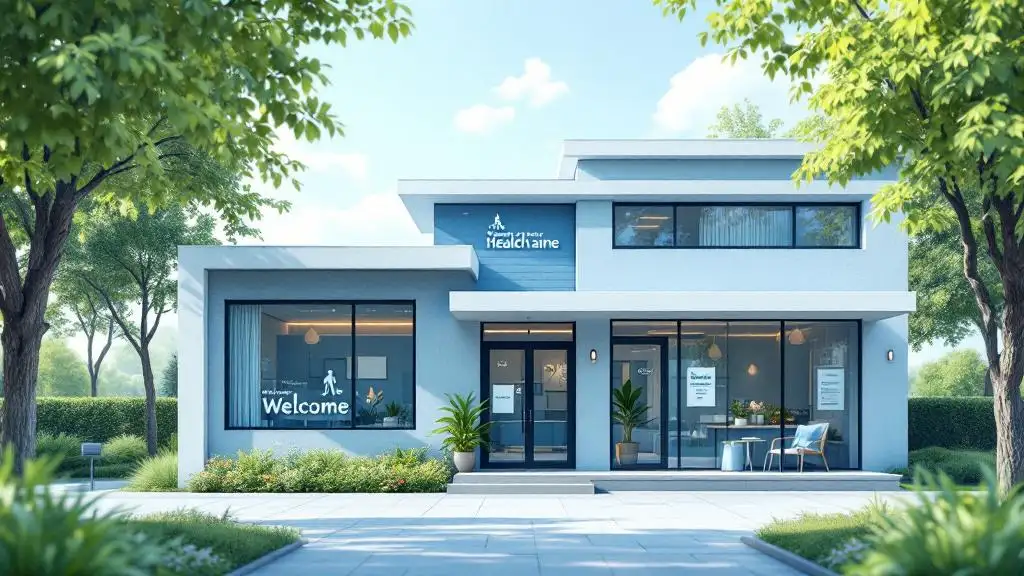





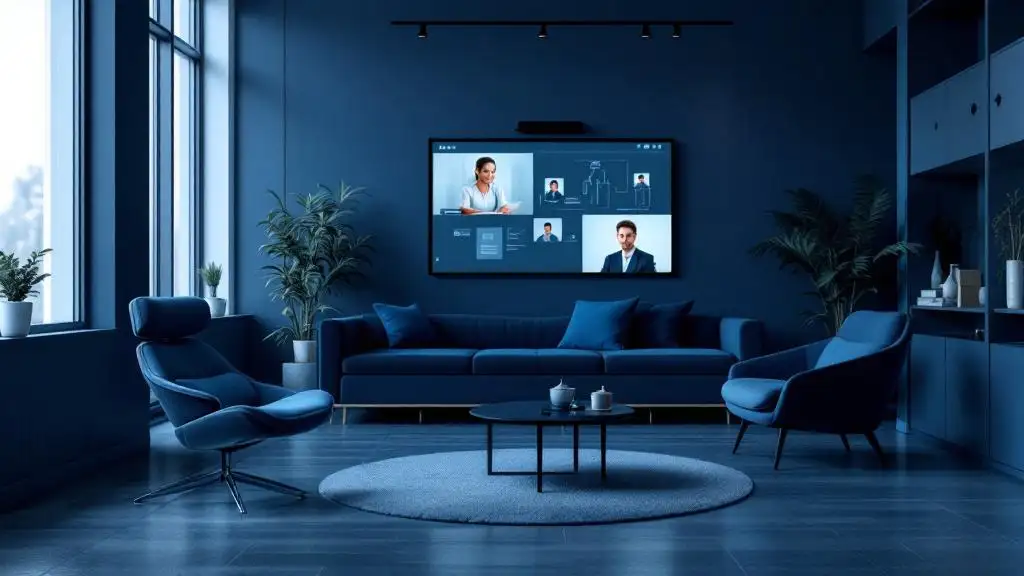
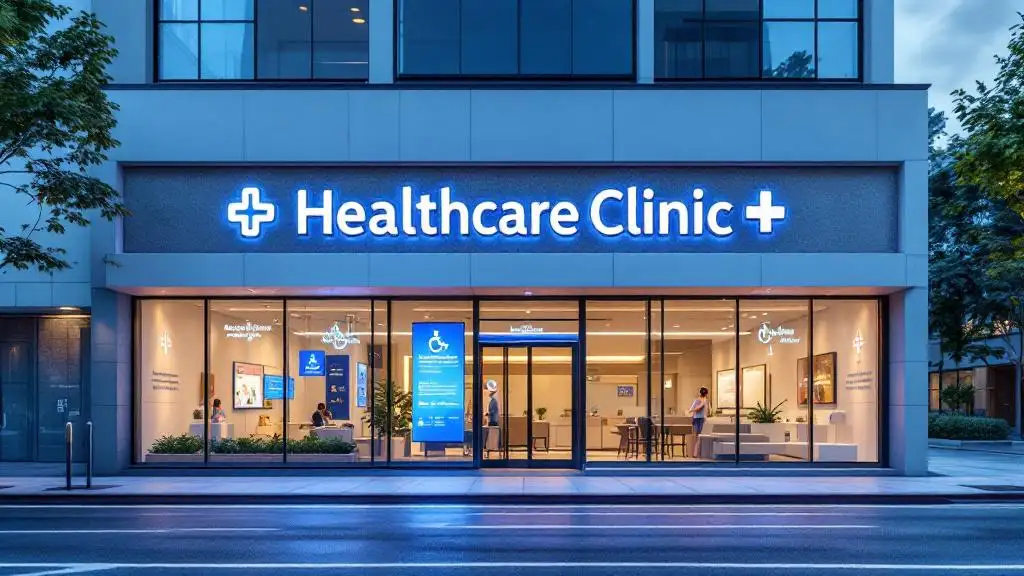




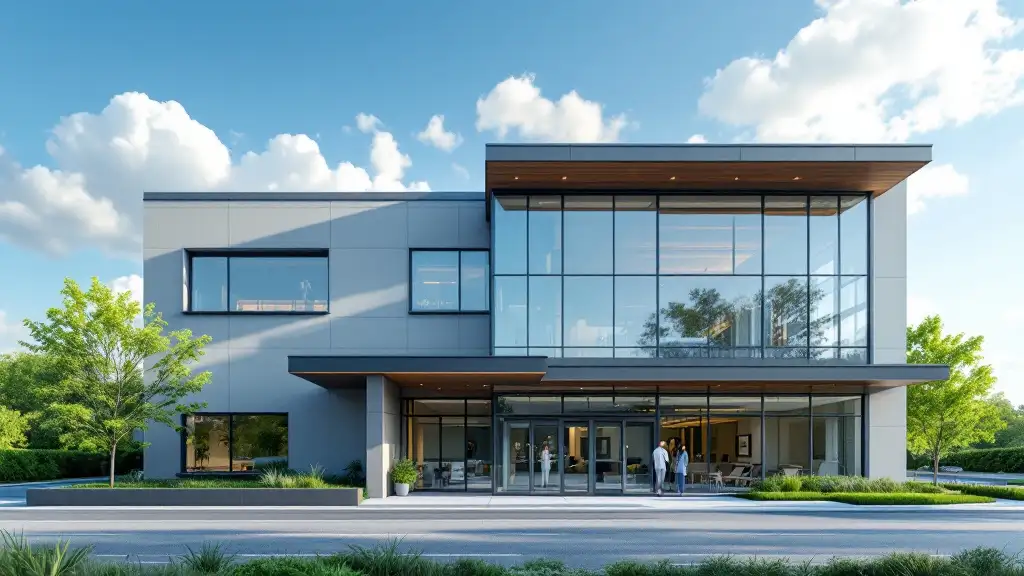
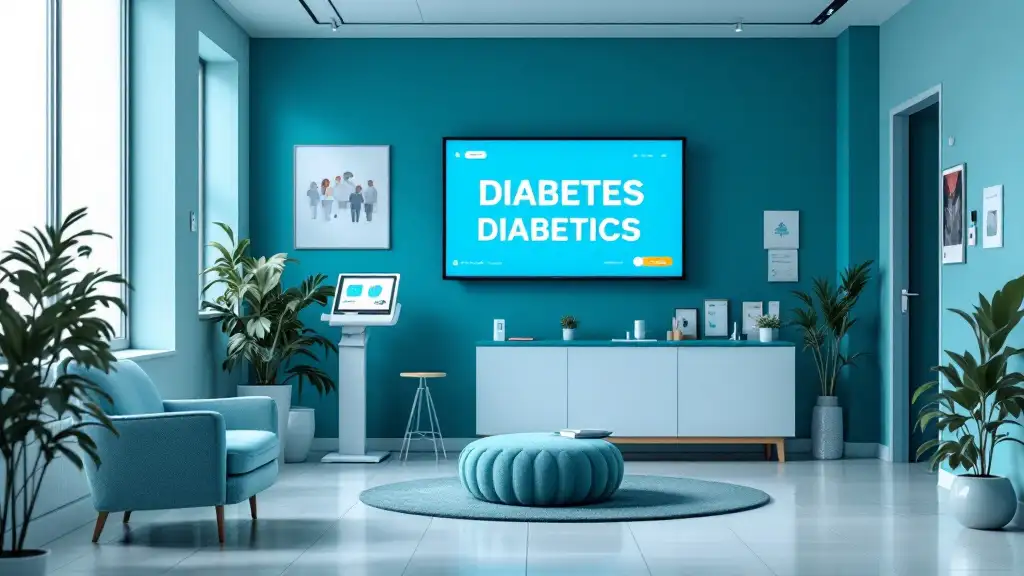
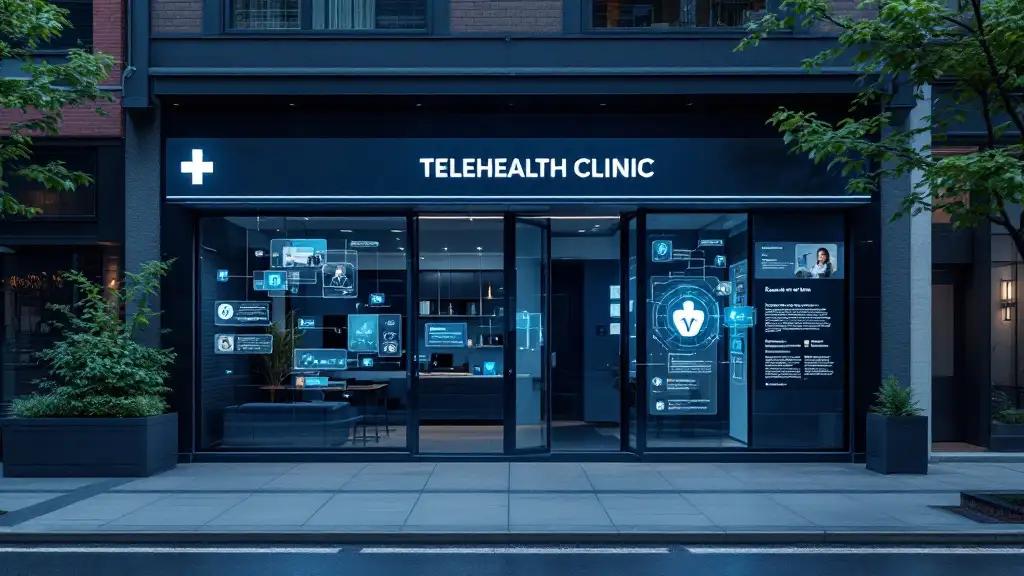












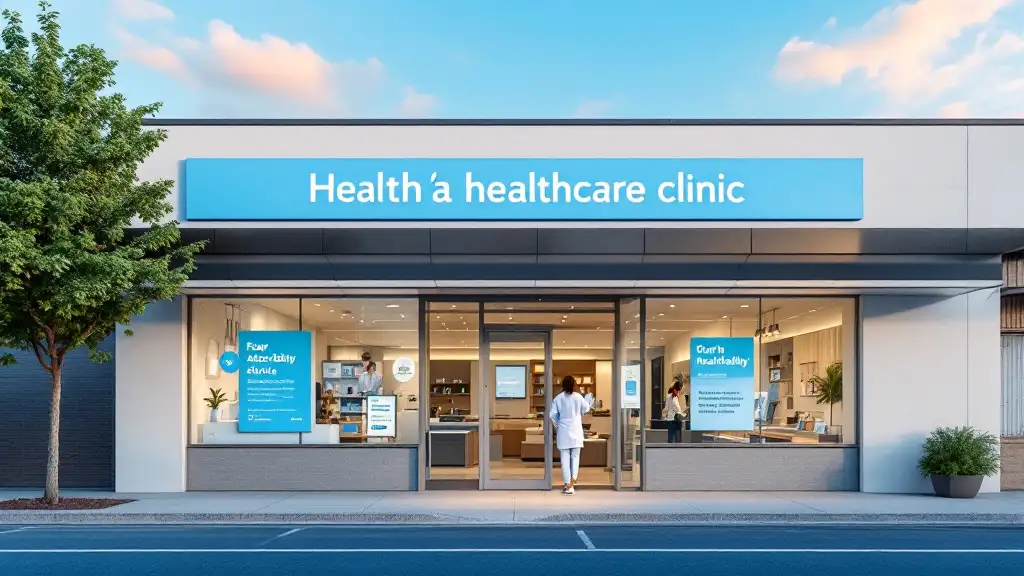











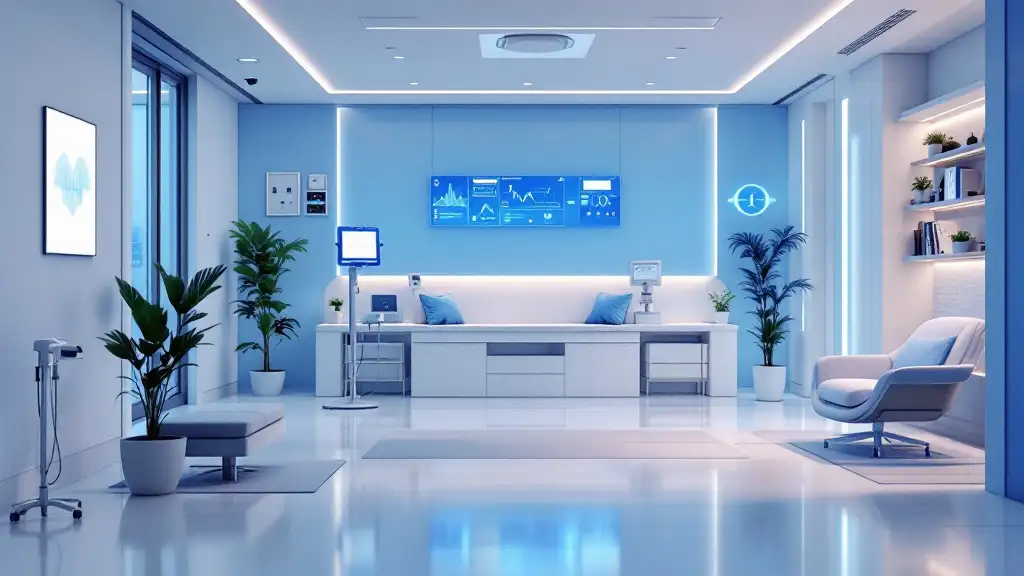







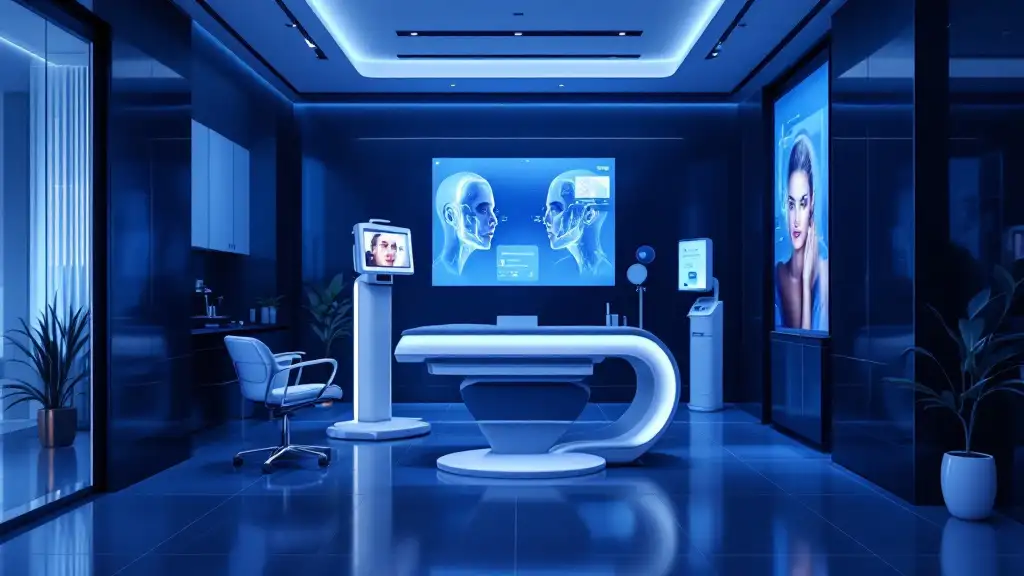














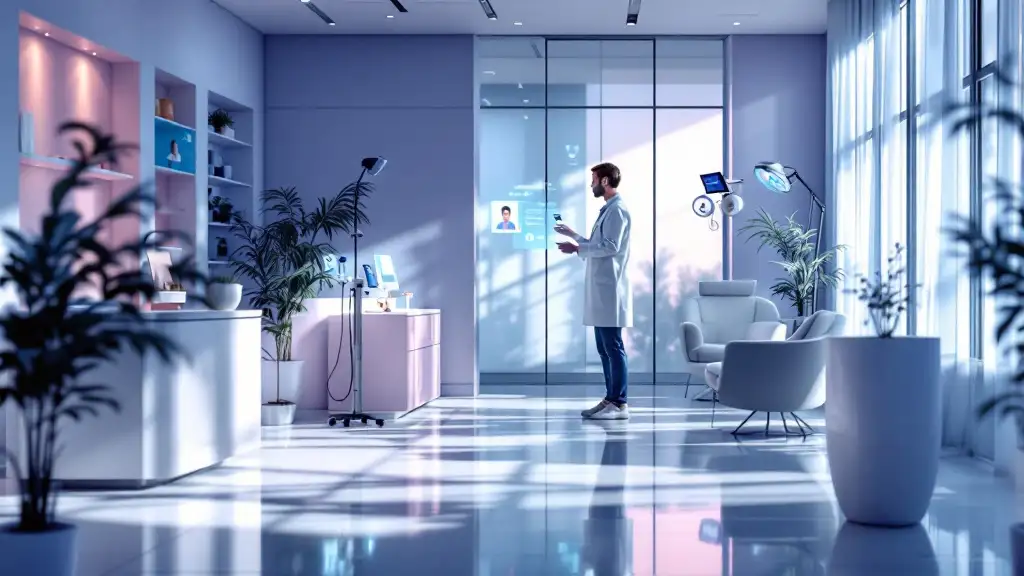






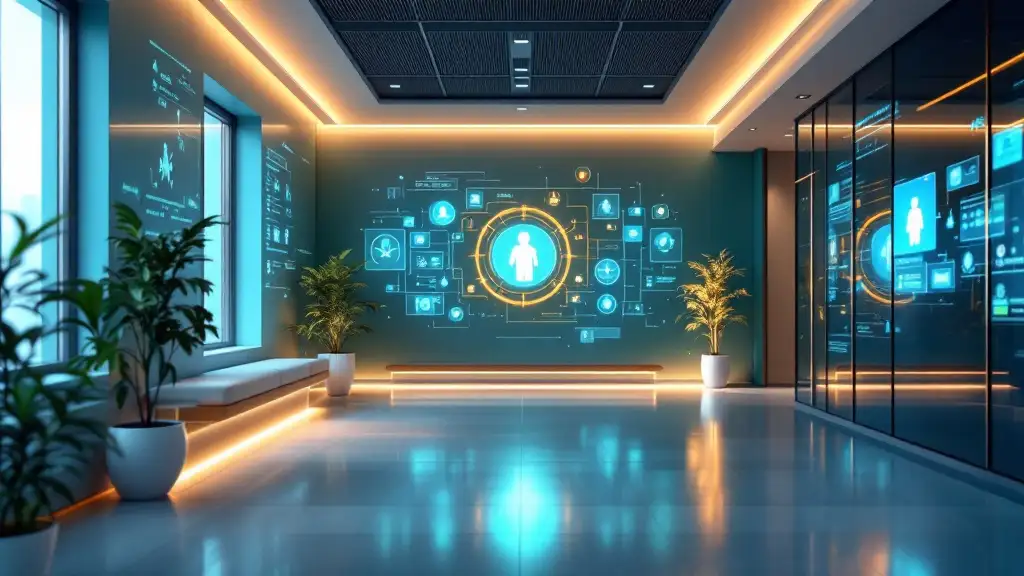









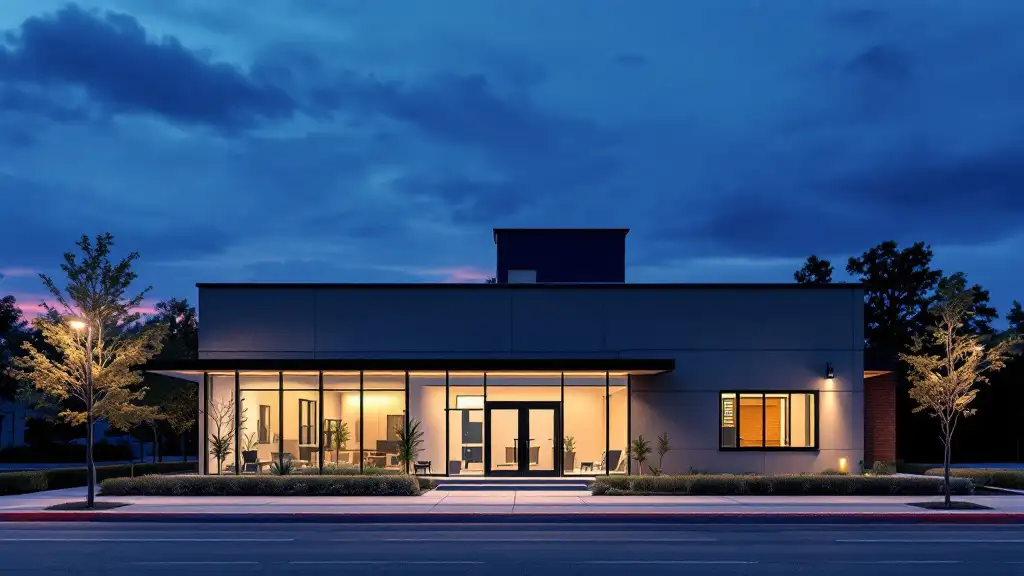

.png)